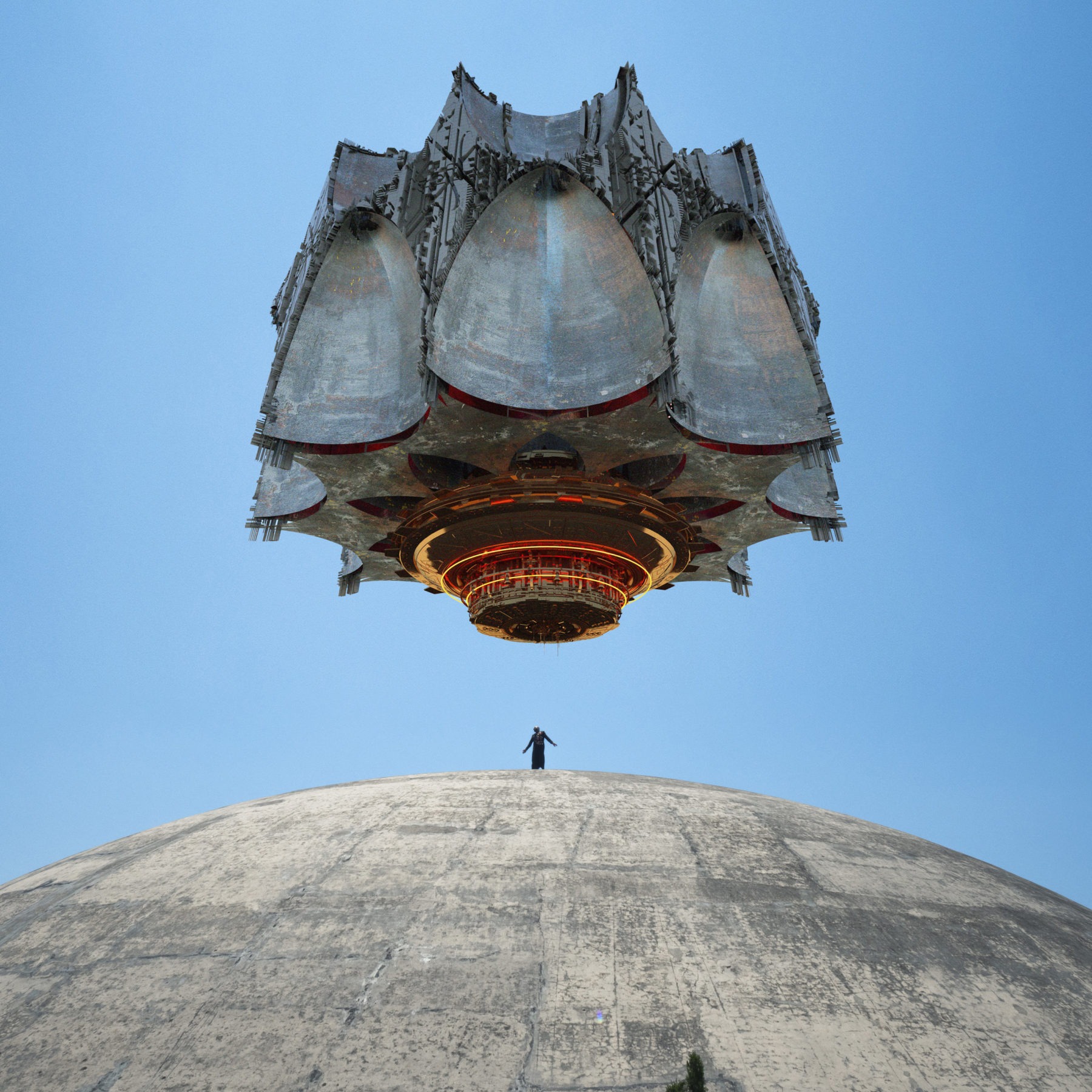Futurisms
From March 7 to April 9, 2022
Exhibit Opening Date
Curator(s)
Artist(s)
Location
Entry
Visit the Arabic version here
In these times of uncertainty and unclear visions of what’s to come, ‘Futurisms’ offers imaginings of a fruitful future, one that helps us to confront ourselves and recognize the magic inside, to find the utopia within the dystopia.
This exhibition brings together multidisciplinary, intersectional, multi-temporal vision artists Alisha B. Wormsley (in collaboration with Li Harris), Jasmine Murrell, Saba Taj, Saks Afridi, and the artist collective, Hyphen Labs, to initiate a conversation between Afrofuturism, Sci-fi Sufism, and Muslim Futures.
What new trajectories are created when future visions from different worlds connect, converse, and influence each other? Come and see. Futurisms offers a way forward.
This exhibition is in collaboration with Tasmeem Doha 2022: Radical Futures.
Ingrid LaFleur is a globally recognized curator, artist, pleasure activist and Afrofuturist committed to exploring and implementing forward-thinking solutions across multidisciplinary industries including but not limited to art, technology, education, social enterprise, and finance. For over twenty years, LaFleur has participated in and witness the growth of the cultural movement Afrofuturism.
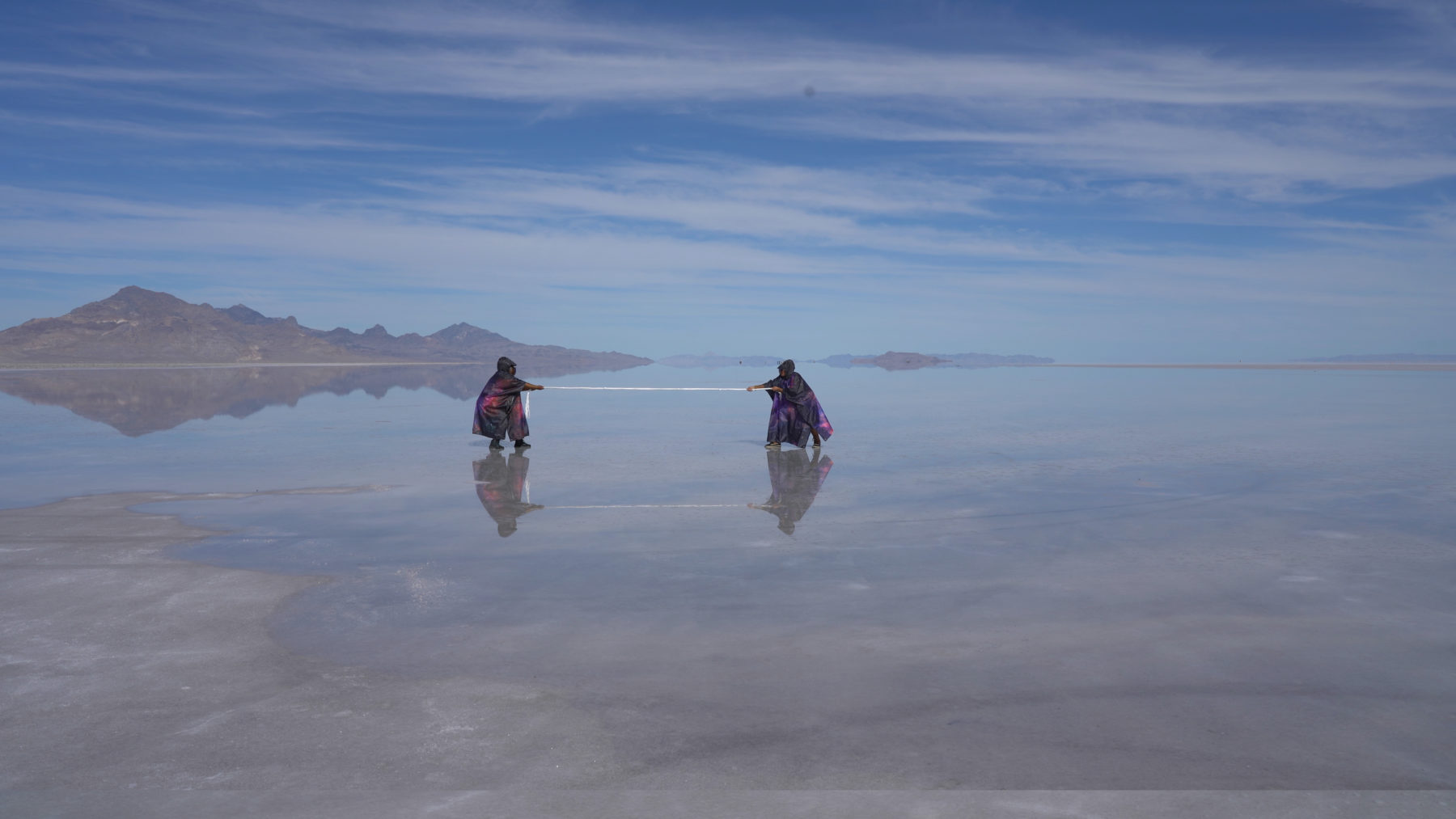
Curator statement
by Ingrid LaFleur
What new trajectories are created when future visions from different worlds connect, converse, and influence each other?
‘Futurisms’ is a possible trajectory. It is a cross-cultural journey mapped by the desire for a future filled with love and beauty. This exhibition brings together artists Jasmine Murrell, Saba Taj, Alisha Wormsley, Saks Afridi, and the artist collective, Hyphen Labs, to initiate a conversation between Afrofuturism, Sci-fi Sufism, and Muslim Futures. Each artist reminds us that we can still find the utopia within the dystopia.
Here, embodied knowledge is liberatory technology. A technology activated only through vulnerability, reverence, empathy, and excitement. ‘Futurisms’ engages this technology to offer a way forward. ‘Futurisms’ charts strategies for imagining a fruitful future, one that helps us to confront ourselves and recognize the magic inside.
The term Afrofuturism was coined in 1996 by cultural critic Mark Dery. Afrofuturism as a cultural movement, however, has continued to evolve into a multidisciplinary, intersectional, multi-temporal visioning practice that foregrounds the past, present, and future of Black bodies. Speculating about the future through art is a central characteristic of Afrofuturism.
During its evolution, other practices have emerged, such as Arab-futurism, Gulf-futurism, Muslim-futurism, and Sci-fi Sufism. Each practice has developed and can be defined differently, and yet each, inspired by Afrofuturism, query whether possible futures are sites of concern or innovation. Futurisms further expands this inquiry by traversing radical dreaming and ancestral kinship to survey the multiple dimensions of our shared realities.
Jasmine Murrell presents abstraction as expressed through the aging Black body. The tapestries are evidence of Black life woven into our future. Each tapestry calls to attention Murrell’s process. We see the final form of materials collected over 10 years. Among them are images of a Black female body, signaling that her wisdom must be central to our future.
Saks Afridi introduces us to Sci-fi Sufism through his series Space Mosque. We are pulled into a para-fictional narrative about a phenomenon of spiritual machines appearing on Earth. The event has ended, and we learn through newspapers and artefacts that these spiritual machines revealed the best and worst of our humanity just by answering our prayers.
Painted during the COVID-19 pandemic, Saba Taj creates a Muslim future world cloaked in glitter. In her series, There are ‘Gardens in the Margins’, Taj seduces us to an edge, a place where the undefinable is the abundance. Her paintings give us permission to indulge in beauty and to be undefinable as well.
Alisha Wormsley collaborates with Li Harris to investigate ways to activate a network of portals that lead to safe pleasurable places. In ‘D.R.E.A.M.=A Way to AFRAM’, the video documents the process of opening a portal in Marfa, Texas. The tension we witness between the two is the necessary energy to help portal transport us to utopias they’ve identified here on Earth.
Hyphen Labs’ NeuroSpeculative AfroFeminism is a multi-media installation combining design, virtual reality, and neuroscience to craft a surreal world that is protecting communities by distributing communal memories to “escape cognitive tyranny.”
One of the tenets of Afrofuturism is that the Black body cannot be entirely free until all other oppressed groups are free. Our liberations are tied. They are bonded, and they seep into each other. To that end, the agenda of subjugation and extraction, be it from the land, body, or the skies, the systems that bind the Black mind, body, and soul also bind the mind, body, and soul of everyone, even if expressed differently. We train each other in the tools of emancipation. By reminding us that there is beauty within grief, pain, confusion, and frustration, each artist of Futurisms offers a modality towards the revolutions of freedom that speak to and support all future visions of justice.
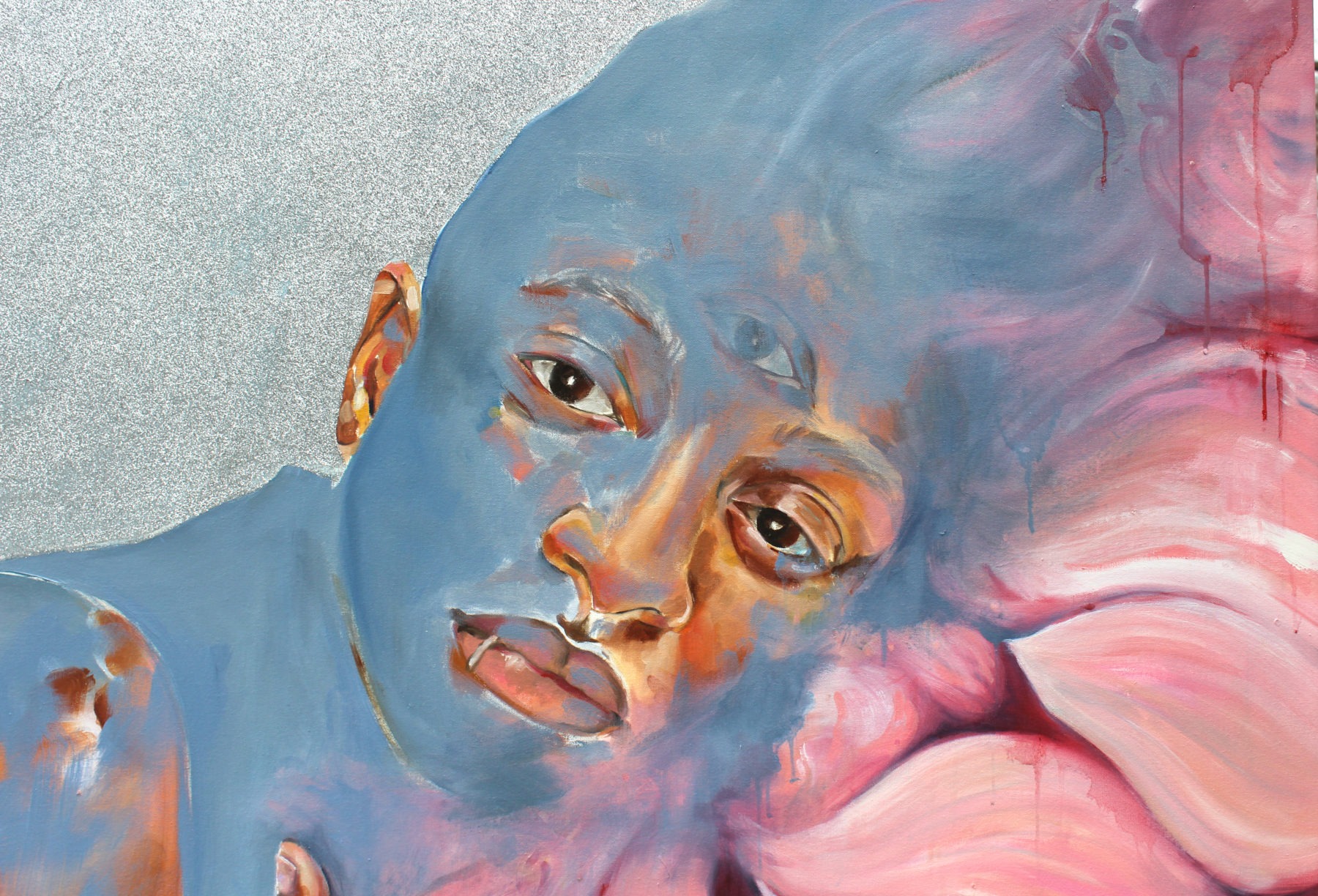
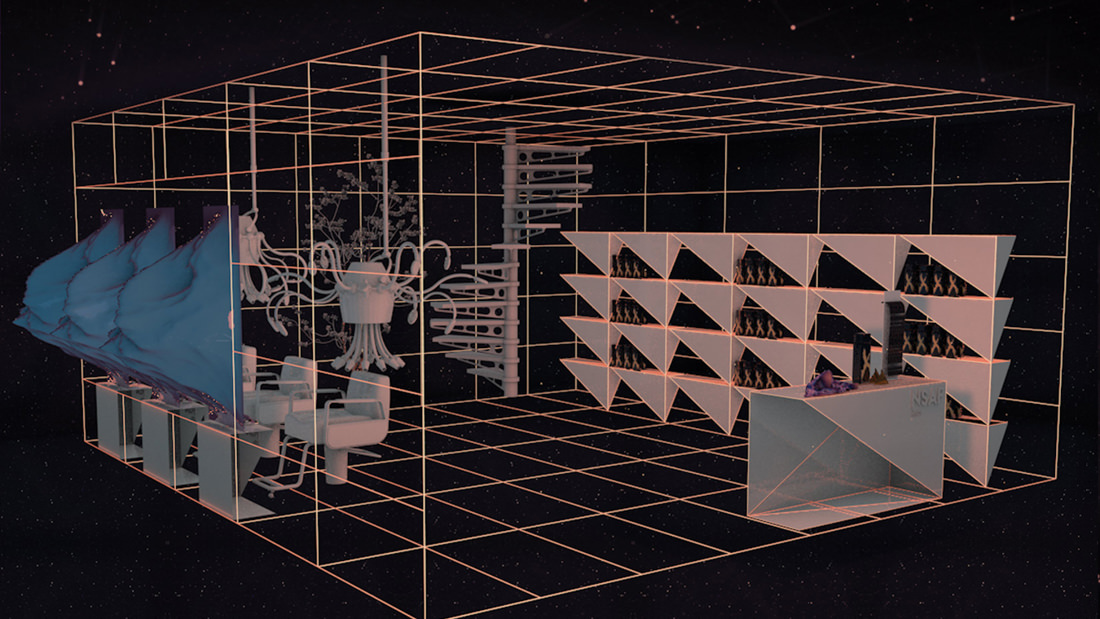
We need to be more self-reflective...work to de-colonize our own minds...without doing that self-check, you’re likely going to do more harm than good.
- Curator Ingrid LaFleur

Biographies
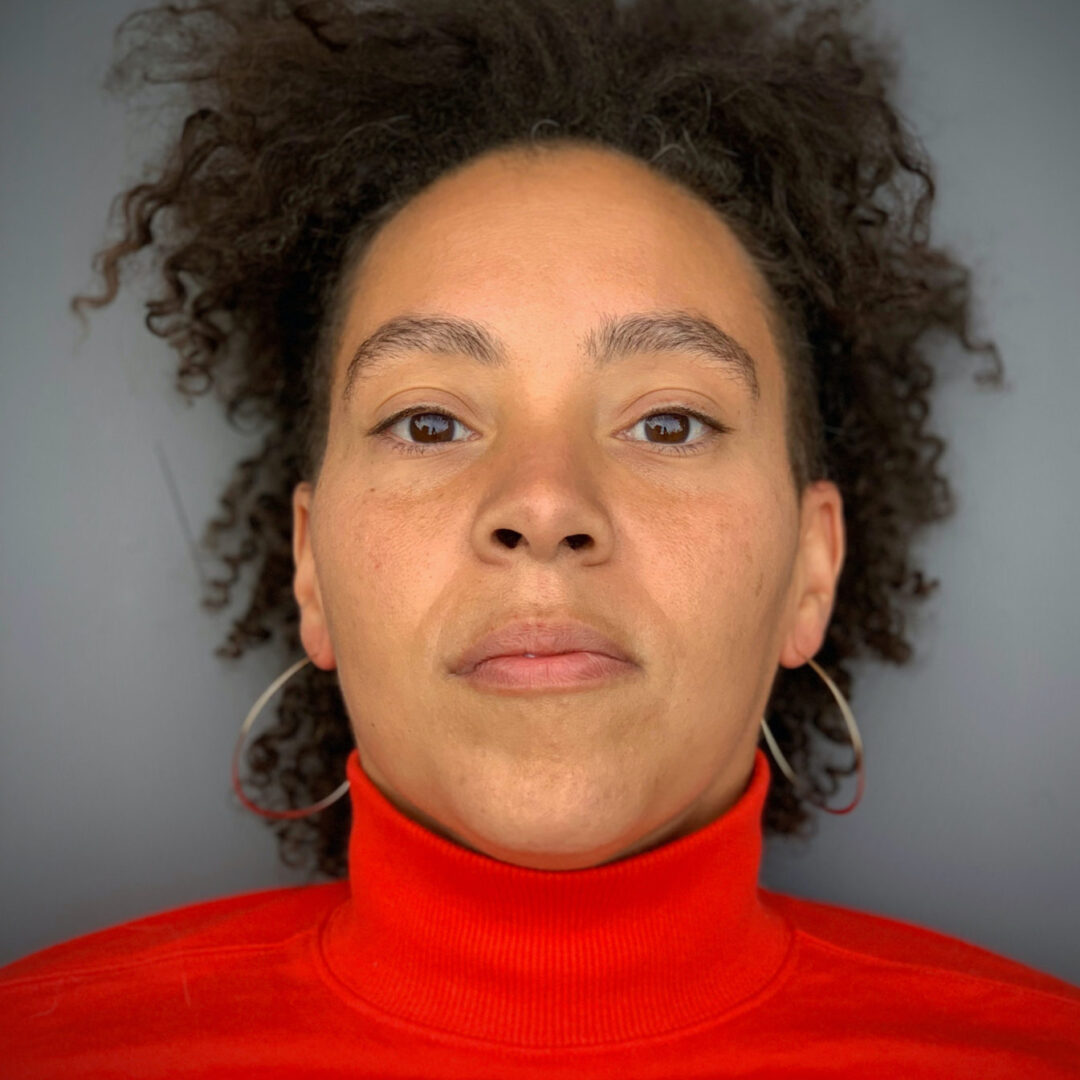
@alishabwormsley
alishabwormsley.com
Alisha B. Wormsley is an interdisciplinary artist and cultural producer.
Wormsley views her art as a rebellion like being a Black woman in America. Her work contributes to the imagining of the future of arts, science, and technology through the black woman lens, challenging contemporary views of modern American life through whichever medium she feels is the best form of expression, creating an object, a sculpture, a billboard, performance, or film.
The work is a bridge for social engagement, activism, to redistribute wealth, science fiction, public art, and film, and media to reveal lesser-known histories and fantasize about alternative futures.
Wormsley created a public program out of her work, ‘There Are Black People In the Future’, which gives mini-grants to open up discourse around displacement and gentrification and was also awarded a fellowship with Monument Lab and the Goethe Institute.
In 2020, Wormsley launched an art residency for Black creative mothers called Sibyls Shrine, which supports over 70 mothers annually.
Photot credit: Courtesy of the artist
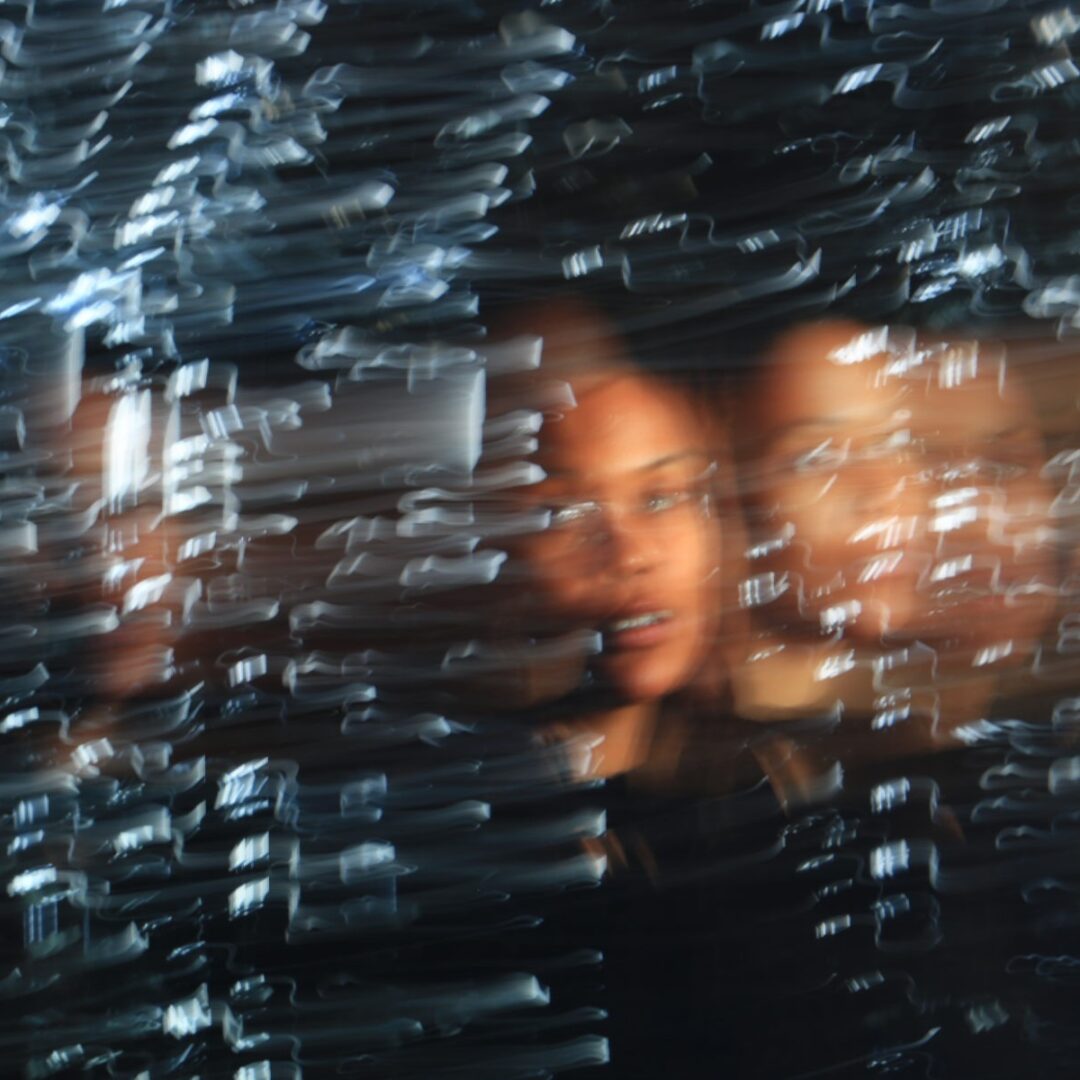
@jasminemurrell
jasminemurrell.com
Jasmine Murrell is a Brooklyn-based interdisciplinary visual artist who employs several different mediums to create sculptures, installations, photography, performance, land art and films that blur the line between history and mythology.
In her exploration of the African diaspora and ancient craft techniques that bring life to mundane, seemly dead material, Murrell juxtaposes American artifacts with the products of other knowledge systems, troubling the historical record to reveal other truths and other narratives. Her work speaks to our subconscious of the sublime force created from oppressive conditions and the transformation of trauma.
She has exhibited nationally and internationally, in venues such as the Museum of Contemporary Art; the Bronx Museum; the Museum Contemporary Art Chicago; the Whitney Museum, the African-American Museum of Art, and the International Museum of Photography. Murrell has been a resident artist at the Bronx Museum AIM program; Baxter St. Gallery workspace; BRIClab contemporary art residency and Block Gallery workspace. Her work has been included in the book MFON: Women Photographers of the African Diaspora, The New York Times, Time Magazine, Hyperallergic, The Detroit Times, and several other publications.
Photo credit: Sienna Shields
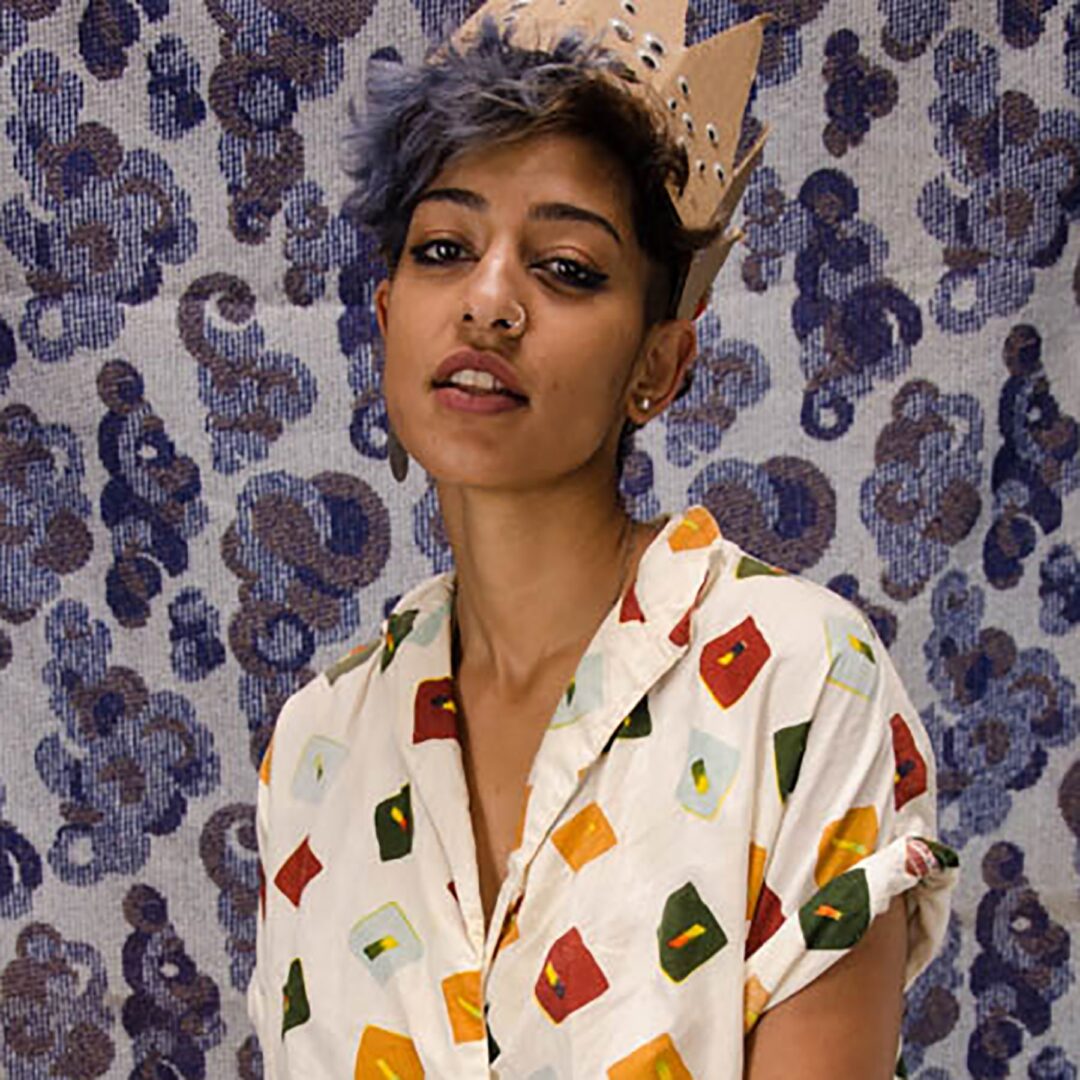
@itssabataj
itssabataj.com
Saba Taj is a visual artist based in Durham, NC, USA.
Inspired by Islamic stories, sci-fi, and revolution, Taj’s work explores representation, the gaze and the body. Their work employs interdisciplinary practices including mixed-media drawing, painting and collage, sewing, and performance. Through these techniques, Taj seeks to celebrate subjects who are often characterized as monstrous, highlighting their hybridity and liminality as an embodied resistance to subjugation.
Taj was the 2019-2020 post-MFA Fellow for the Documentary Diversity Project at CDS, former Executive Director of The Carrack Modern Art, Southern Constellations Fellow at Elsewhere Museum, and featured speaker at TEDxDuke in 2017.
Photo credit: Sophia Shult
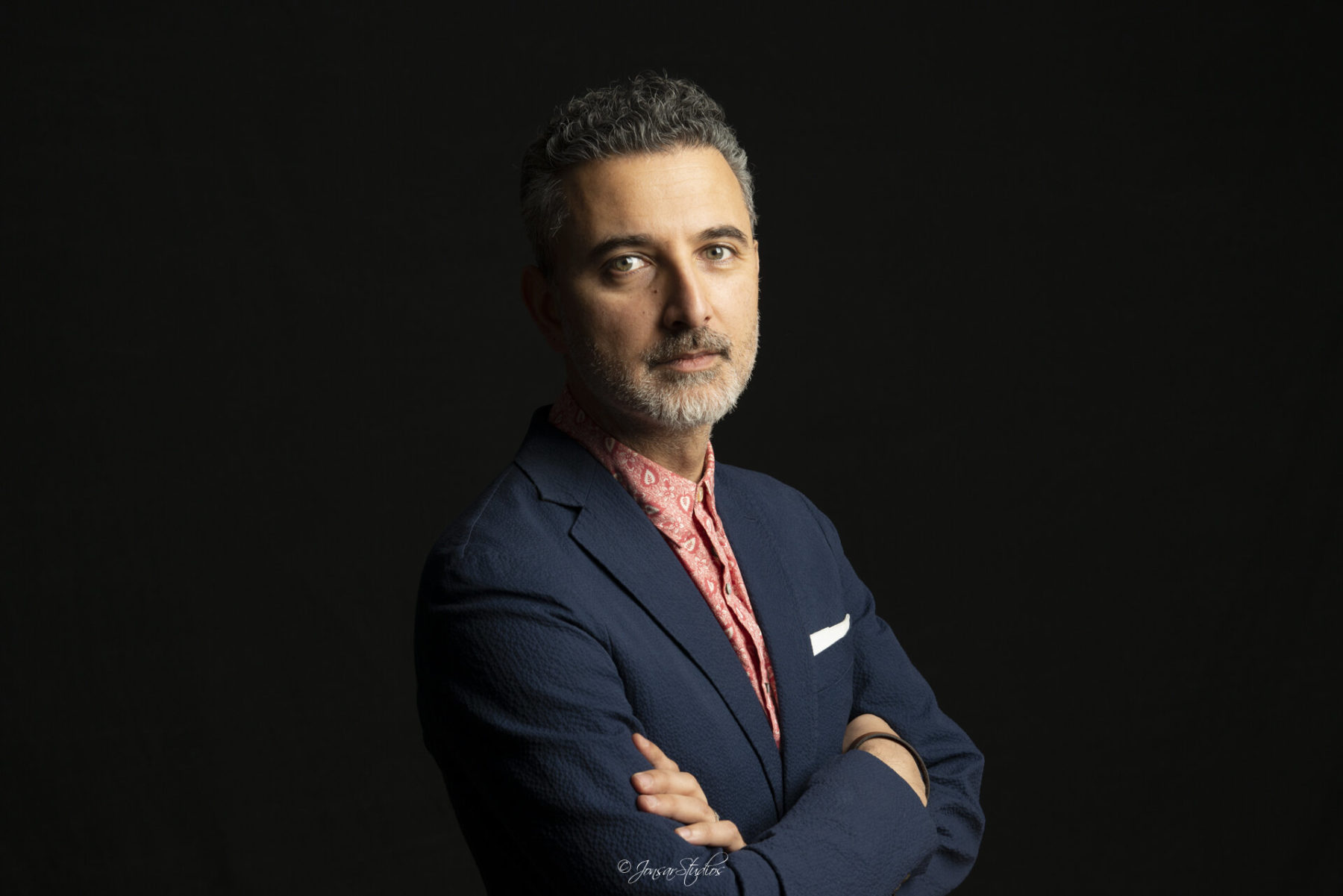
Afridi’s work exists in a genre he terms as ‘Sci-Fi Sufism’, which is about discovering galaxies and worlds within yourself. He tries to visualize this search by fusing mysticism and storytelling. He makes art objects in multiple mediums and he draws inspiration from Sufi poetry, Afrofuturism, South Asian folklore, Islamic mythology, Science Fiction, Architecture and Calligraphy.
His practice also investigates the predicaments and perplexities of the life of an “Insider Outsider”. He defines this as the practice of achieving a sense of belonging while being out of place, finding happiness in a state of temporary permanence, and re-contextualizing existing historical and cultural narratives with the contemporary.
He likes to let the concept lead the medium he works in, and often collaborates with architects, artisans, fashion designers, 3D modelers and fabricators to bring the work to life. Perhaps this is because he comes to art with a background in advertising, as a Creative Director on brands such as MTV, Mercedes-Benz, and more recently, White Castle.
He studied advertising at the Academy of Art and later sculpture at the Art Students League of New York. He is the recipient of Cannes Lion Awards, D&AD Pencils, OneShow pencils and a United Nations Award for Peace & Understanding. His work has been featured in Artforum, The New York Times, BBC, Al Jazeera, CNN, and Stephen Colbert.
Photo credit: Jonsar Studios
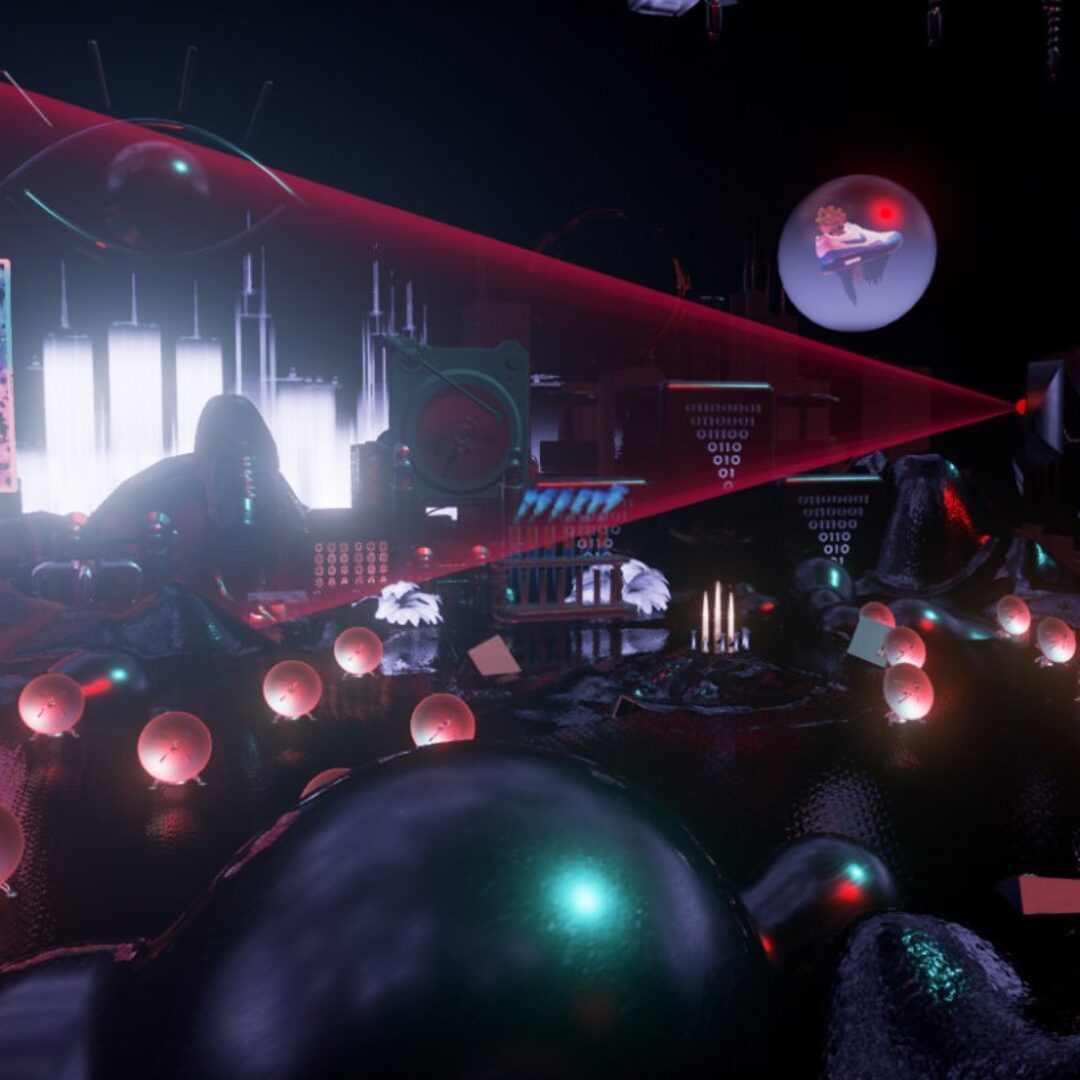
Hyphen-Labs is an international team of women of color working at the intersection of technology, art, science and the future led by Ashley Baccus-Clark, Ece Tankal and Carmen Aguilar y Wedge.
Drawing from their global vision and unique perspectives, they develop meaningful and engaging ways to explore emotional, human-centered and speculative design. In the process, they challenge conventions and stimulate conversations, placing collective needs and experiences at the center of evolving narratives. Hyphen-Labs is pushing the boundaries of speculative design and morphing global dynamics.
Photo credit: Courtesy of the artist collective
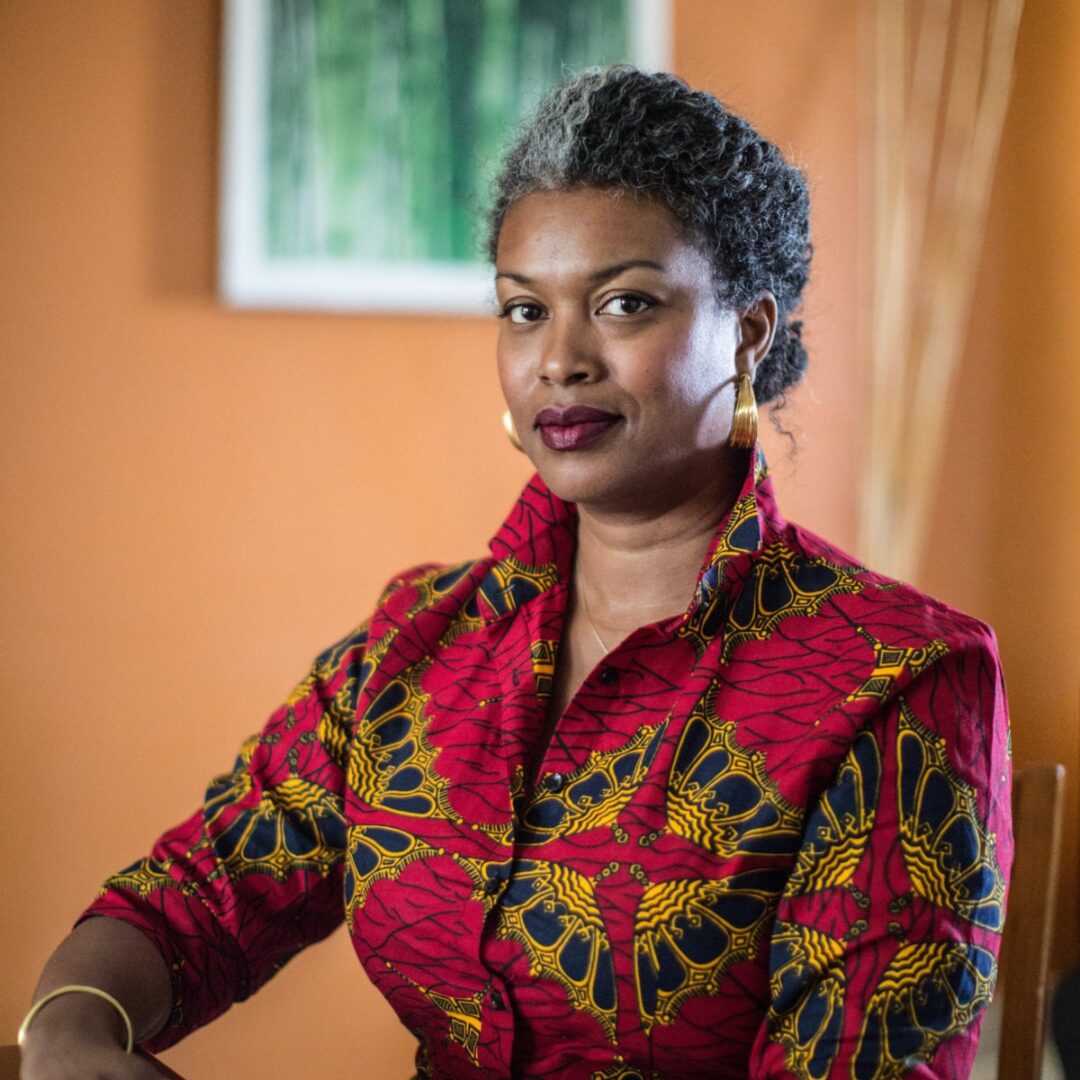
@maisonlafleur
ingridlafleur.com
Ingrid LaFleur is a globally recognized curator, artist, pleasure activist and Afrofuturist committed to exploring and implementing forward-thinking solutions across multidisciplinary industries including but not limited to art, technology, education, social enterprise, and finance.
For over twenty years, LaFleur has participated in and witnessed the growth of the cultural movement Afrofuturism.
Author of the upcoming book, ‘How to Think Like An Afrofuturist’, LaFleur regularly consults individuals, businesses, educational institutions and social justice organizations on how to forecast and transform their practices to help manifest their future goal.
She boasts an extensive list of speaking engagements nationally and internationally including presentations and workshops at Centre Pompidou (Paris), TEDxBrooklyn, New Museum (New York), Harvard University, and Oxford University. In 2020, she founded The Afrofuture Strategies Institute (TASI), to research the future impact of emerging technology on Black bodies and to co-create alternative destinies using ethical imagination.
Photo credit: Jacques Nkinzingabo
Takeaways
Public Programming
March 10, 2022 ― 12:30 to 13:30 PM
Qatar Foundation Art Trail: Guided Tour led by Ingrid LaFleur
March 7 to 10, 2022
Book your Brain Dates with Ingrid LaFleur! (Exclusively for VCUarts alumni, students, faculty and staff)
From March 13 to April 7, 2022
Guided Tours available on request (Min. 10 participants) - Except week-ends
Audio
Sonic Jeel - Lorem lipsum
Sonic Jeel - Lorem lipsum
Video
Artist Spotlight: Tarek Al-Ghoussein
NYU Abu Dhabi
